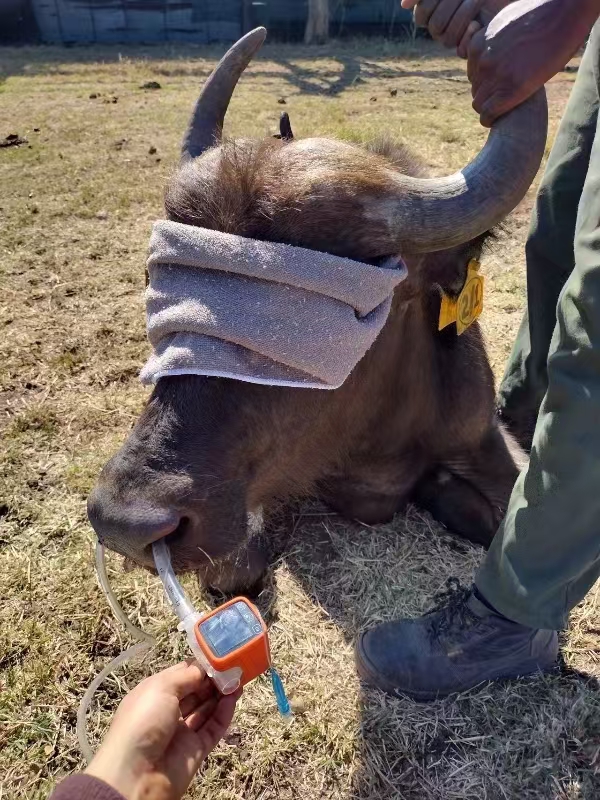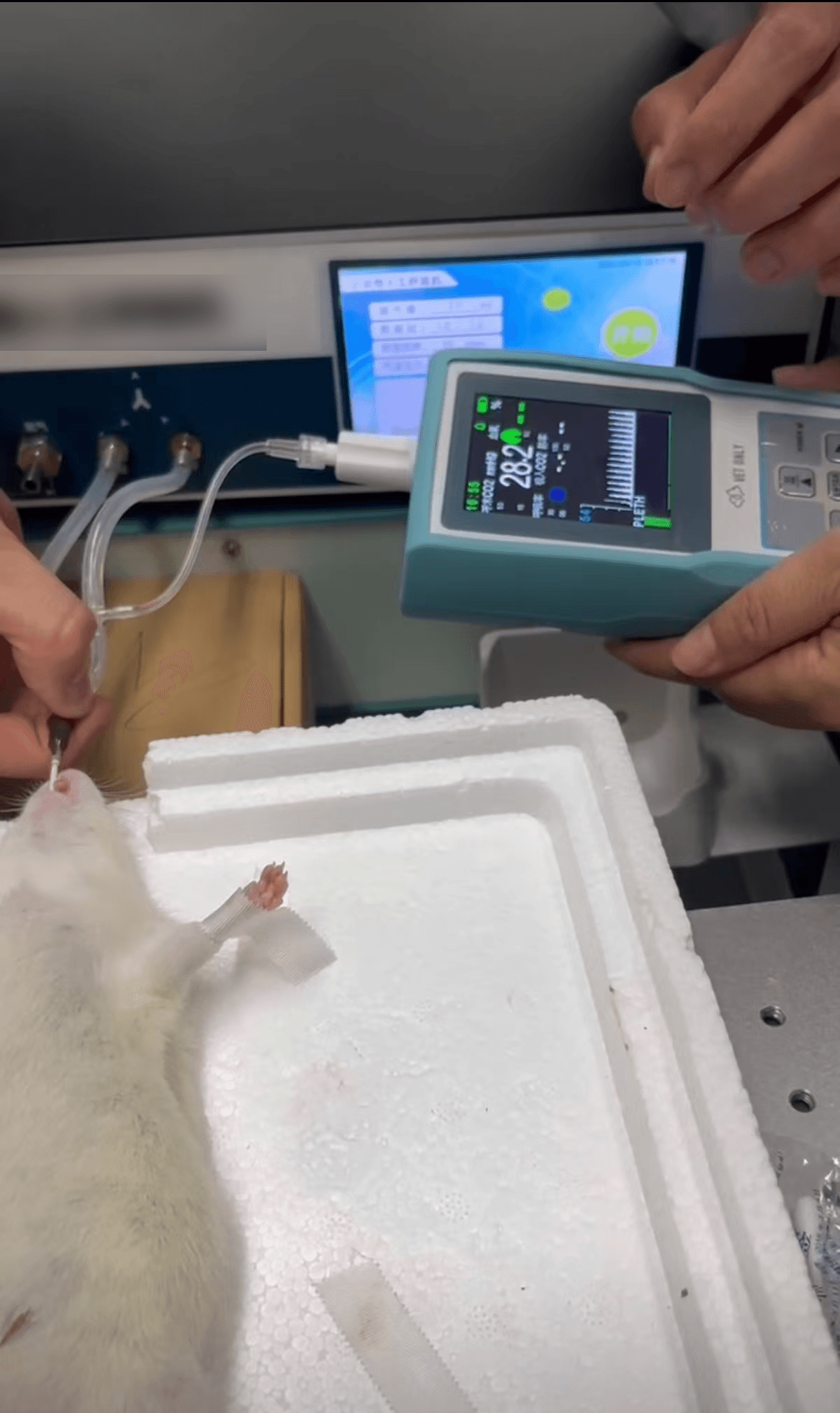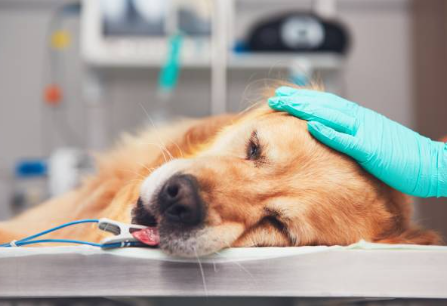The Importance of End-Tidal CO2 Monitoring in Intubation Anesthesia:
Most pet surgeries require intubation and anesthesia, and end-tidal carbon dioxide (EtCO2) monitoring is crucial in this process. Mainstream CO2 monitors are directly placed in the breathing circuit, providing real-time, accurate respiratory data with minimal interference. After intubation, EtCO2 monitoring quickly offers feedback, helping veterinarians assess whether the tracheal tube is properly placed and if breathing is normal. This fast-responding monitoring method, with minimal external factors affecting it, ensures respiratory safety during surgery, significantly reducing risks like intraoperative respiratory depression.

Anesthesia Management with EtCO2 Monitoring in Intubation Surgery:
During intubation anesthesia, EtCO2 monitoring assists veterinarians in real-time adjustments of anesthetic doses to ensure appropriate anesthesia depth. Mainstream CO2 monitors come equipped with built-in sensors that automatically compensate for atmospheric pressure changes, adapting to different environments while maintaining high accuracy. By continuously monitoring the animal's end-tidal CO2 levels, veterinarians can precisely adjust anesthesia administration, avoiding over- or under-sedation, ensuring stable respiration, and enhancing the safety and accuracy of anesthesia management.

Postoperative EtCO2 Monitoring in Intubated Patients:
Postoperative respiratory monitoring of intubated animals is equally critical. EtCO2 monitors continuously track respiratory function, especially during recovery. Since these monitors are directly connected to the breathing circuit, they offer a rapid response with minimal environmental interference, allowing veterinarians to detect any respiratory issues and intervene promptly. This non-invasive, continuous monitoring helps identify potential complications such as airway obstruction or respiratory failure, effectively improving postoperative care quality, reducing complications, and ensuring smooth recovery for the animal.

